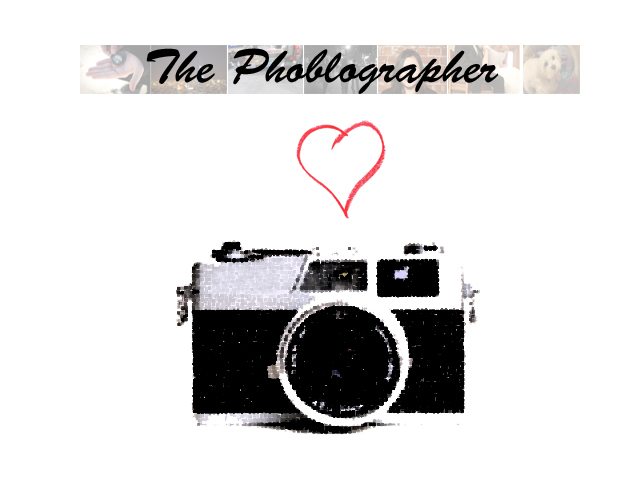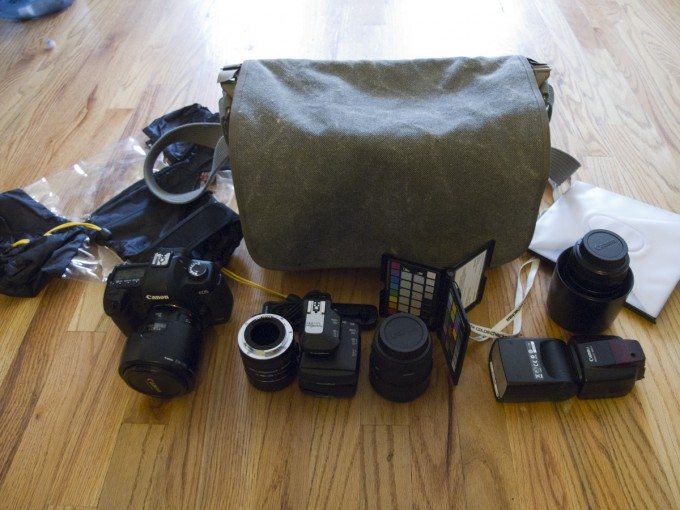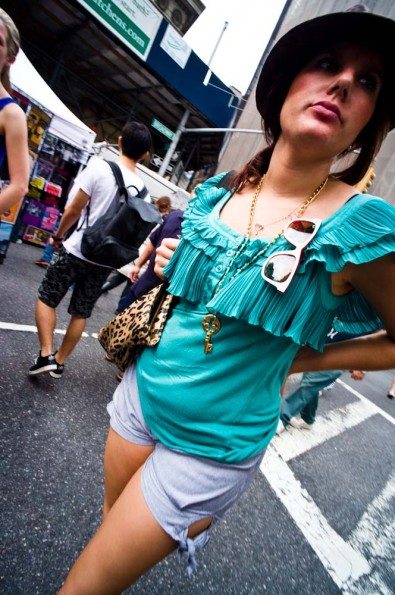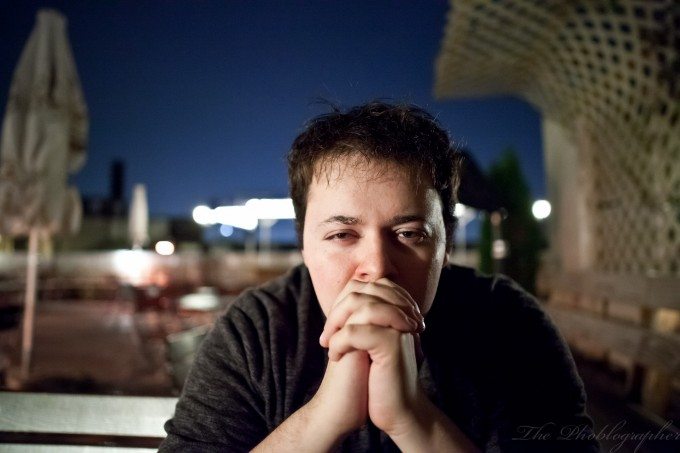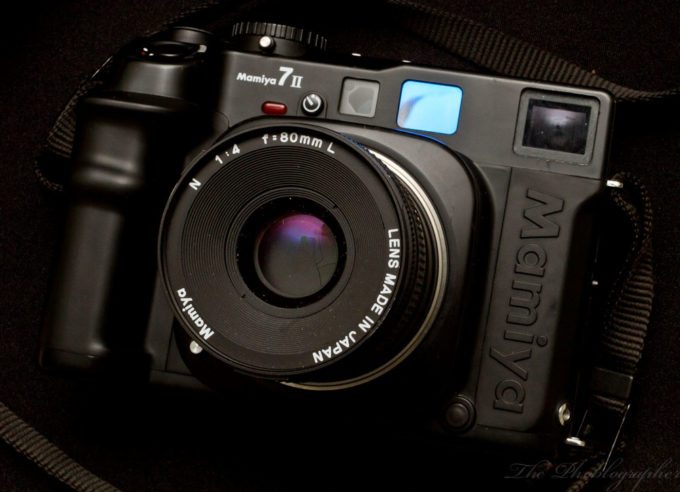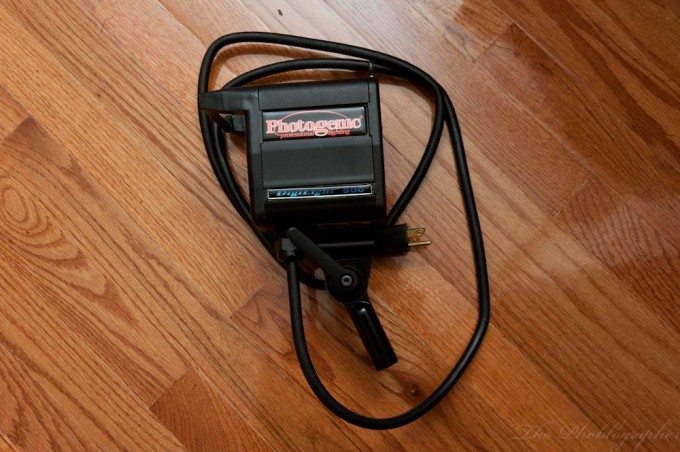This past year has been an interesting one for me as the site’s Editor in Chief and founder. Many products have gone in and out of my hands, and sometimes there are even more than I can remember. However, there are a key bunch that stood out to me: and here they are.
PLEASE: Support our site by clicking the links and making purchases at Amazon, B&H Photo, Think Tank, eBay and renting gear from Borrow Lenses.
Best Camera Bags
Ona Union Street– this goes down as my favorite bag for the luxury types of people or those that need to take a camera bag to work every day. There is a sense of class to it and despite the high price tag, you’ll eventually realize that it was worth every single penny. It’s slim, stylish, protects your gear well, and can hold most of what I need on a daily basis.
Our full review is here, and we rated it very highly.
Think Tank Retrospective 30– For when I need to go to large shoots and carry loads of gear, the Think Tank Retrospective 30 will handle the situation very well. This bag outdoes my Domke F2 in almost every way, and I loved that bag for a while. Though it can be a bit bulky, it will be the most comfortable bag ever thanks to great padding on the shoulder when the bag is packed to the brim.
If you want something affordable and that can get the job done, Think Tank bags are really hard to beat.
Our full review for this bag is here.
Best Mirrorless Cameras
Olympus EP3 with 12mm f2– This camera turned heads when it came out. With stylish good looks, super fast autofocusing abilities and some excellent image quality, the Olympus EP3 when coupled with the new 12mm f2 will be a street photographer’s dream. We tested it against various other cameras, and it still came out on top. Indeed, Olympus deserves the best praise for this camera.
Fuji X100– The Fujifilm X100 camera is being put in the mirrorless category simply because of it’s absolutely stellar performance. However, it is actually a compact camera with a very large sensor. The high iso abilities and excellent colors that come from the sensor are only outdone by some of the top level DSLR cameras. Otherwise, the only main fault of this camera since the firmware updates is the slow autofocusing.
Ricoh GXR and A12– Though they’re a bit of an odd man out, I’ve always believed in Ricoh. When I got my hands on the A12 module for Leica M Mount lenses, I was blown away by what I got. Indeed, I felt it to nearly be a Leica replacement and found that the colors from this camera gave me similar results to the Fuji X100. As a result, we reviewed it very positively, though advise that you use the hyperfocal length style of focusing instead of Ricoh’s peaking.
Best Lenses
SLRMagic 12mm f1.6– For the Micro Four Thirds user, you’ll quickly learn that you need fast lenses to get any gorgeous bokeh at all due to the smaller sensor. Though it is a manual focus only lens, it is a T stop lens as well, meaning that the F stops (or T stops) are total absolute values. It is also a lens designed for food photography hobbyists and cinematographers.
I’d recommend it in a heartbeat.
Sigma 85mm f1.4 EX– While Mike did the full review of this lens, I did the comparison. In fact, I did it three times. We tested it quickly against the Canon 85mm f1.2 L, a more thorough test against that lens, and against the 85mm f1.8. Though the f1.2 L outperforms it, it’s quite expensive and the f1.8 delivers excellent results when stopped down. However, if you want to step up your game a bit, the Sigma clearly shines. It is a fast focuser, sharp wide open, and delivers some beautiful results. If I didn’t already own the f1.8, I’d go for this lens.
My hat goes off to Sigma for improving their lenses over the years as well.
Zeiss 25mm f2– Though it’s not available yet, the Zeiss 25mm f2 is an absolutely fantastic lens that begs to be shot wide open. Despite vignetting wide open, the colors pop so much that you’ll always be in love with the results. To boot, it is also perhaps one of the sharpest wide lenses I’ve tested, with looks rivaling that of medium format and large format lenses.
I also still stick to my list of the best budget lenses, the right Canon lenses for you, and the best Sony lenses as well.
Best Film Camera
Mamiya 7 II– Medium format cameras can be bulky, but medium format rangefinder cameras feel right at home and aren’t all that bulky at all. The Mamiya 7 II isn’t a new camera, but when Kodak Tri-X is loaded up, it is quite amazing. Mamiya’s lenses are legendary and any experienced photographer that sees this camera will immediately get excited by memories of how amazing it really is.
I’ve even considered buying one myself, but after just purchasing a D5100, it will have to wait a bit.
Best Lights and Lighting Accessories
Rogue Flash Bender– Coming in as the essential item to get for strobists is the Rogue Flash Bender. I recommend the large version over anything else. What this unit does is takes the light from your existing flash an bounces it forward to give off soft lighting when shooting photos of people. Additionally, since they are so pliable, they can be shaped into nearly anything. Turn it into a snoot, aim the light at only one part of the image, etc.
The Flash Benders are always in my camera bag, and I don’t know where I’d be without one. Indeed, I sometimes feel lost without them.
ExpoImaging Ray Flash– As my absolute favorite ring flash attachment for hot shoe flashes, the Ray Flash is light, portable, and easy to use once you get the hang of them. It takes the light from your existing flash and funnels it around into a ring for that high fashion look. Using this attachment, I was able to get some extraordinary images at NYC Comic Con this year. But don’t take my word for it.
Photogenic CL500– If you’re looking for an affordable constant lighting solution, Photogenic’s CL500 is an often overlooked but quite good option. Though the name isn’t as big as it used to be and is drowned out by Elinchrome and Profoto, the company still produces some very good products that I’ve used to light portrait subjects, videos and products. If you’re looking for a semi-portable option at a budget level price, consider this light.
Phottix Odin TTL Radio Triggers– Behold: the best radio triggers I’ve ever played with. The Phottix Odins are already receiving excellent praise across the board and have made me lug my flashes almost everywhere. Not only are the Odins fun to use, but they have a decent build quality, are extremely simple to use, and have stellar TTL metering, reliability and range. Additionally, they also have manual control. The biggest feature that makes these a winner though is the super simple digital interface via the transmitter, which makes other systems look almost prehistoric.
Please Support The Phoblographer
We love to bring you guys the latest and greatest news and gear related stuff. However, we can’t keep doing that unless we have your continued support. If you would like to purchase any of the items mentioned, please do so by clicking our links first and then purchasing the items as we then get a small portion of the sale to help run the website.


